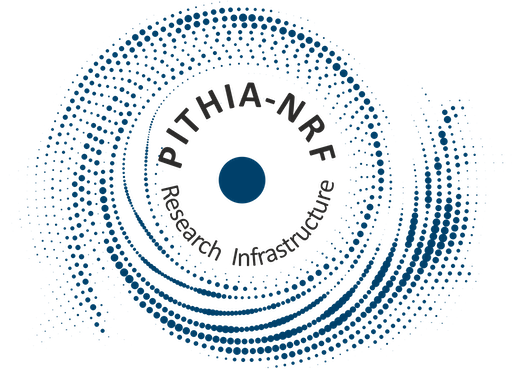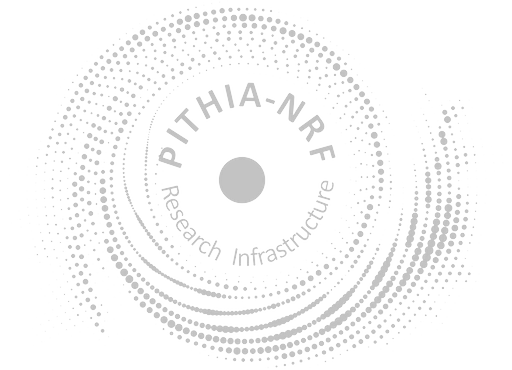Level 3
Last modified on Apr 28th, 2022, 10:30
Definition
Same as Level 2, but additionally processed to map observed properties to a uniform spatial and temporal grid. Transition to Level 3 is commonly based on underlying model assumptions about Feature of Interest spatial/temporal extent over areas/times outside the sensor coverage. Typical Level 3 processes are spatial interpolation and extrapolation onto a 2D surface grid and compensation of the short-term measurement latency in real-time weather applications.
Registrations Using this Term (29)
Computation Capabilities
- EPB_detectionTool
- eSWua IONORING tool: vTEC computation
- eSWua IONOWORLD tool: global TEC forecasting
- eSWua IONOWORLD tool: vTEC computation
- IRTAM Assimilation: 2D global map of B0 from GIRO observations using NECTAR method
- IRTAM Assimilation: 2D global map of B1 from GIRO observations using NECTAR method
- IRTAM Assimilation: 2D global map of foF2 from GIRO observations using NECTAR method
- IRTAM Assimilation: 2D global map of hmF2 from GIRO observations using NECTAR method
- T-FORS MSTID Climatology
Processes
Data Collections
- EISCAT Svalbard Radar Data in the Madrigal Database
- EISCAT UHF Radar Data in the Madrigal Database
- EISCAT UHF Radar Vector Data in the Madrigal Database
- EISCAT VHF Radar Data in the Madrigal Database
- EISCAT VHF Radar Vector Data in the Madrigal Database
- EPB_detectionTool
- eSWua IONORING tool: Nowcasting TEC maps over Italy
- eSWua IONOWORD tool: Nowcasting global TEC maps
- GNSS: Global Ionosphere Maps (GIM)
- GNSS: ROB-IONO Near-Real Time European VTEC Maps
- IRTAM 3D: global real-time assimilative model of ionospheric electron density
- Radio Occultation: Electron Density Profiles (EDP)
- SOLERA: EUV Solar Flux-Rate
- T-FORS MSTID Climatology

